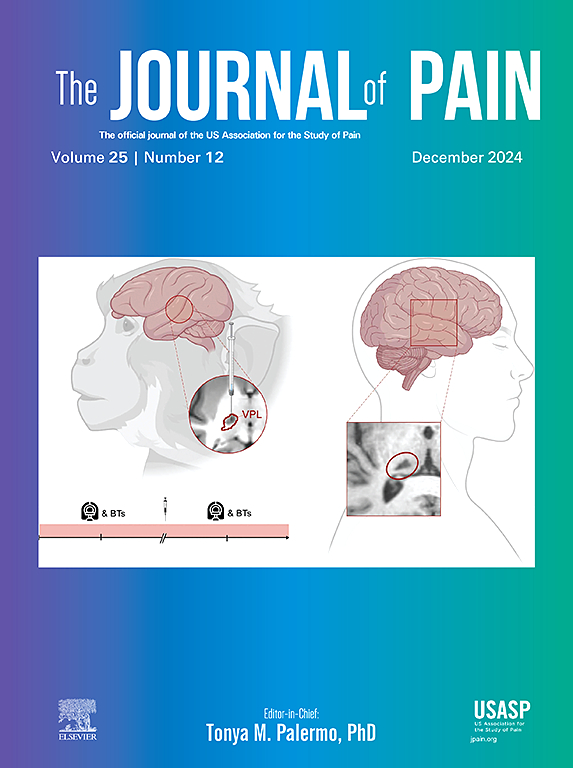Increased TRPA1 functionality in the skin of rats and cancer patients following oxaliplatin treatment
IF 4
2区 医学
Q1 CLINICAL NEUROLOGY
引用次数: 0
Abstract
Chemotherapy-induced peripheral neuropathy is a debilitating pathology affecting a majority of patients who are being treated with specific cytostatic compounds including oxaliplatin. Various in vitro, ex vivo and in vivo preclinical experiments indicate that transient receptor potential ankyrin 1 (TRPA1) plays a crucial role in the symptomatology of chemotherapy-induced peripheral neuropathy. However, it is unclear whether oxaliplatin also modulates the TRPA1 functionality in the skin of rodents or patients. Here, we quantified the vasodilation after topical application of the TRPA1 agonist cinnamaldehyde in a rodent model of chemotherapy-induced peripheral neuropathy (male Sprague Dawley rats, aged 6 weeks) as well as on fingers of patients suffering from chronic chemotherapy-induced peripheral neuropathy after oxaliplatin treatment. Compared to vehicle-treated rats, a cumulative dose of oxaliplatin 32 mg/kg enhanced the vasodilation after cinnamaldehyde application on rat abdominal skin. Likewise, also in patients with chronic chemotherapy-induced peripheral neuropathy after oxaliplatin, the response to cinnamaldehyde was significantly higher compared to sex- and age-matched healthy controls. Thereby, this study is the first to translate the evidence of increased TRPA1 functionality in vitro or ex vivo in rodents to in vivo conditions in human. The increased TRPA1 functionality in patients with chronic chemotherapy-induced peripheral neuropathy does not only confirm the potential of TRPA1 as target to hit to provide efficacious analgesia, it also paves the way for additional patient stratification on a molecular level and possible treatment response prediction.
求助全文
约1分钟内获得全文
求助全文
来源期刊

Journal of Pain
医学-临床神经学
CiteScore
6.30
自引率
7.50%
发文量
441
审稿时长
42 days
期刊介绍:
The Journal of Pain publishes original articles related to all aspects of pain, including clinical and basic research, patient care, education, and health policy. Articles selected for publication in the Journal are most commonly reports of original clinical research or reports of original basic research. In addition, invited critical reviews, including meta analyses of drugs for pain management, invited commentaries on reviews, and exceptional case studies are published in the Journal. The mission of the Journal is to improve the care of patients in pain by providing a forum for clinical researchers, basic scientists, clinicians, and other health professionals to publish original research.
 求助内容:
求助内容: 应助结果提醒方式:
应助结果提醒方式:


